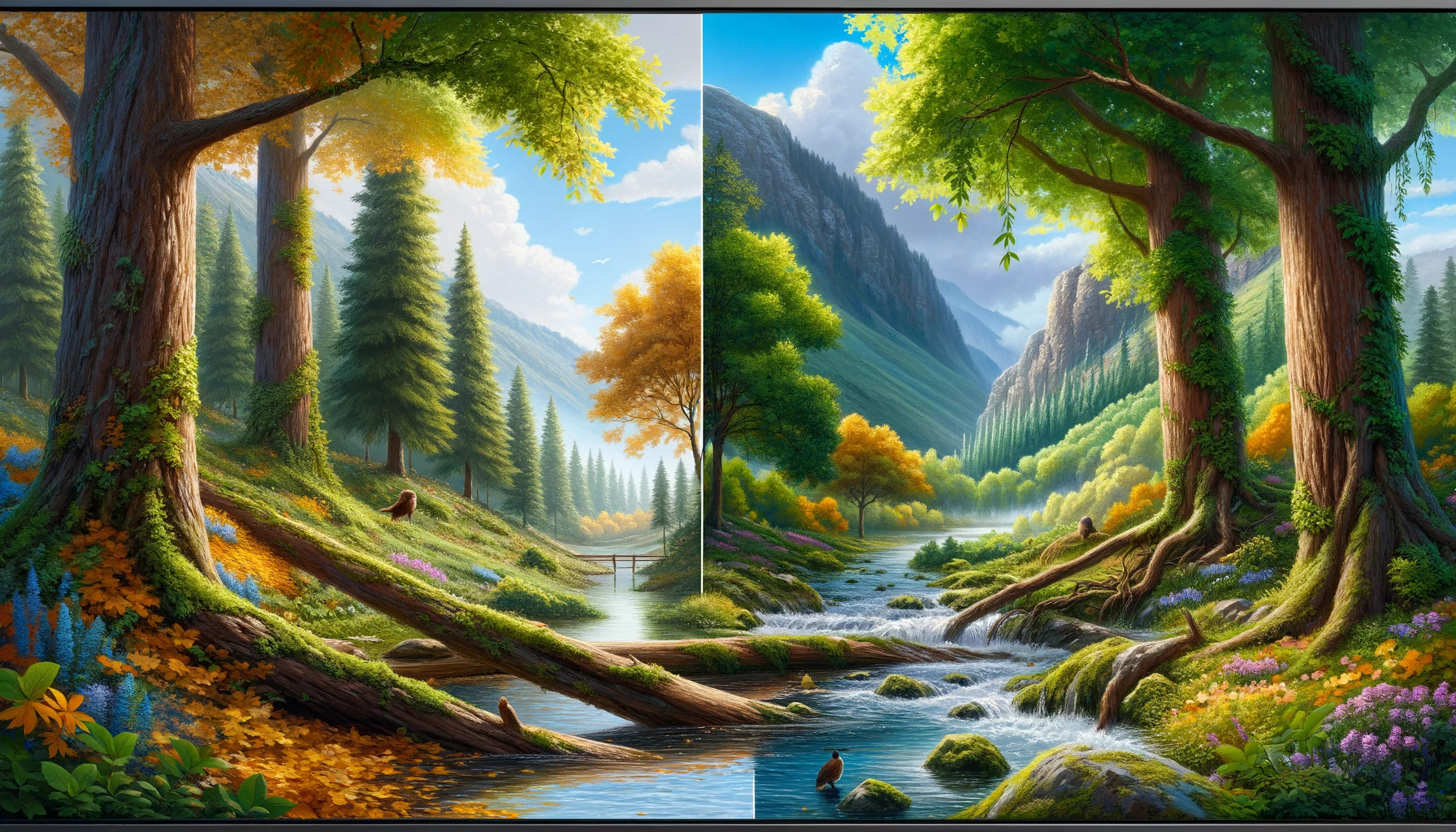Texture Synthesis in Image Upscaling: A Detailed Guide
By Ivan
Published March 8, 2024
 Texture Synthesis in Image Upscaling: A Detailed Guide
Texture Synthesis in Image Upscaling: A Detailed Guide
In digital imagery, achieving higher resolution while maintaining quality is a constant challenge. Image upscaling, especially through texture synthesis, combines artificial intelligence with graphic design to create images that are both larger and more detailed. This guide delves into the intricacies of this process, illustrating how advanced upscaling techniques are revolutionizing the way we upscale images.
Introduction
At its core, the objective of image upscaling is to enlarge an image's dimensions while preserving, or even enhancing, its original quality and texture. Traditional methods often led to blurry and pixelated results. However, the advent of texture synthesis in the upscaling process has changed the game, enabling the creation of high-resolution images that maintain the clarity and integrity of the original.
Understanding Texture Synthesis
Texture synthesis is a technique used to generate large amounts of texture from a small sample. When applied to image upscaling, this method allows for the recreation of texture details that appear natural and coherent with the rest of the image.
The Process
- Sampling: The algorithm analyses the low-resolution image, identifying and sampling its textures.
- Analysis: It then breaks down these textures into smaller, manageable patches.
- Synthesis: By comparing these patches against a database or using generative models, the algorithm synthesizes texture for the upscaled image.
Why It Matters
The integration of texture synthesis in upscaling ensures that the enlarged images are not just bigger, but better. It allows for the preservation of original artistry, making it indispensable in various fields such as digital art restoration, cinematography, and video game design.
Advanced Upscaling Techniques
The frontier of image upscaling is continuously expanding, with several advanced techniques coming to the fore, each offering unique advantages in the quest for higher quality images.
- Deep Learning-Based Methods: Utilizing convolutional neural networks (CNNs) to learn texture patterns and accurately replicate them in upscaled images. This includes super-resolution algorithms which are specifically designed to increase the resolution of images beyond traditional methods, enhancing detail and clarity.
- Generative Adversarial Networks (GANs): A method where two networks, a generator and a discriminator, work in tandem to produce high-resolution images that are indistinguishable from real, high-quality images. GANs are particularly effective at edge enhancement in upscaling, ensuring that edges and details are crisp and well-defined.
- Patch-Based Methods: These involve dividing the image into patches and using algorithms to upscale each patch, ensuring that the texture synthesis is consistent and seamless across the entire image.
- Multi-Frame Upscaling: This technique involves using multiple frames of the same scene to extract and synthesize detail for a higher-resolution output. It is especially useful in video upscaling, where additional information from adjacent frames can be used to enhance texture and detail.
The Role of AI in Texture Synthesis
Artificial Intelligence (AI) plays a pivotal role in modern texture synthesis, especially in the context of image upscaling. AI algorithms can analyze vast amounts of data, learning complex texture patterns and applying them to upscaled images in a way that mimics human perception of detail and depth.
AI Benefits
- Efficiency: AI significantly reduces the time required to upscale an image without sacrificing quality. This is particularly evident in the application of super-resolution algorithms, which leverage AI to automate and refine the upscaling process.
- Accuracy: The ability of AI to learn and replicate textures results in upscaled images that are remarkably faithful to the original. Through techniques such as edge enhancement in upscaling, AI ensures that the upscaled images preserve the sharpness and clarity of edges.
- Adaptability: AI algorithms can adapt to different types of images and textures, making them versatile tools in the upscaling process. Multi-frame upscaling demonstrates the adaptability of AI, as it can integrate information from multiple sources to enhance image quality effectively.
Practical Applications
The implications of texture synthesis in image upscaling are vast and varied:
- Film and Television: Enhancing archival footage to meet contemporary standards.
- Video Games: Upscaling textures to create more immersive gaming environments.
- Digital Art: Artists can upscale their work without losing the essence of their original creations.
- Medical Imaging: Improving the resolution of medical images for better diagnosis and research.
Challenges and Considerations
Despite its advantages, texture synthesis in image upscaling is not without its challenges. The computational cost can be high, and there is always a risk of overfitting, where the upscaled image may start to deviate from the authenticity of the original texture. Furthermore, ethical considerations arise when upscaling images, especially in contexts where fidelity to the original is crucial.
Future Directions
The future of texture synthesis in image upscaling is bright, with ongoing research aimed at making the process more efficient, accurate, and accessible. Innovations such as real-time upscaling and the development of more sophisticated AI models promise to further enhance the quality and utility of upscaled images.
Conclusion
Texture synthesis in image upscaling represents a significant leap forward in digital imaging technology. By harnessing the power of AI and advanced upscaling techniques, it is now possible to enlarge images while maintaining, and in some cases enhancing, their original texture and detail. As technology continues to evolve, the potential for even more groundbreaking advancements in this field remains vast, promising a future where the boundaries of digital imagery are continually expanded.